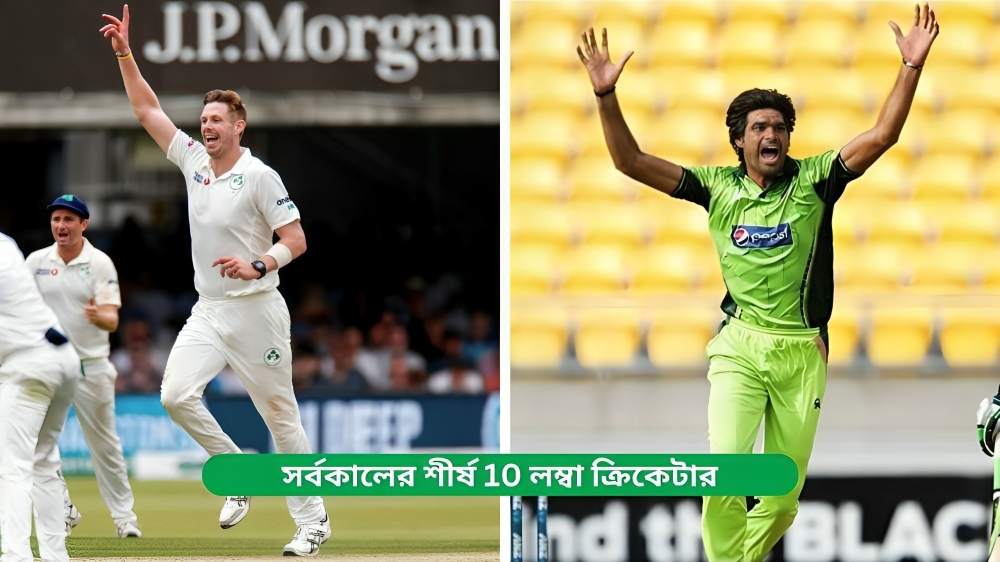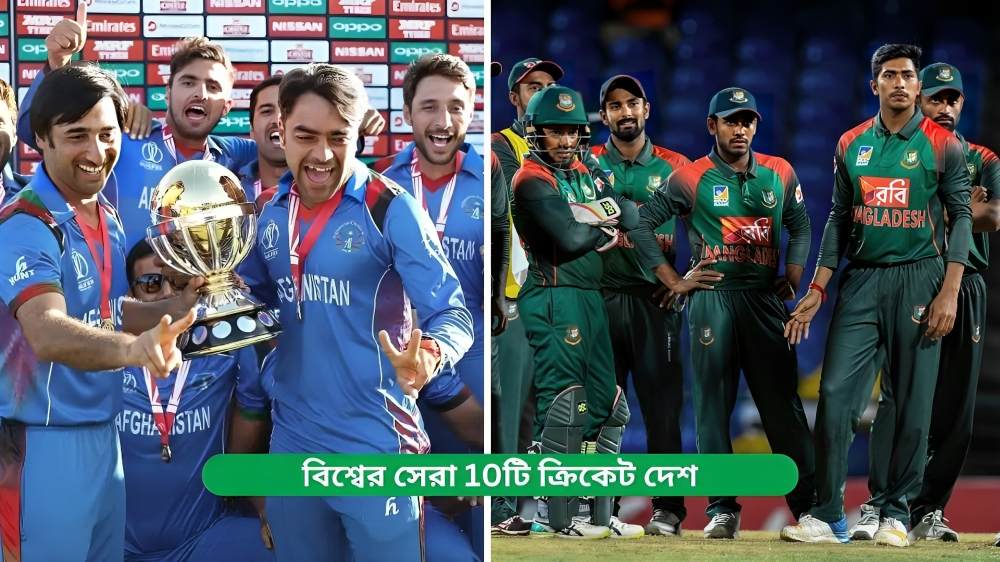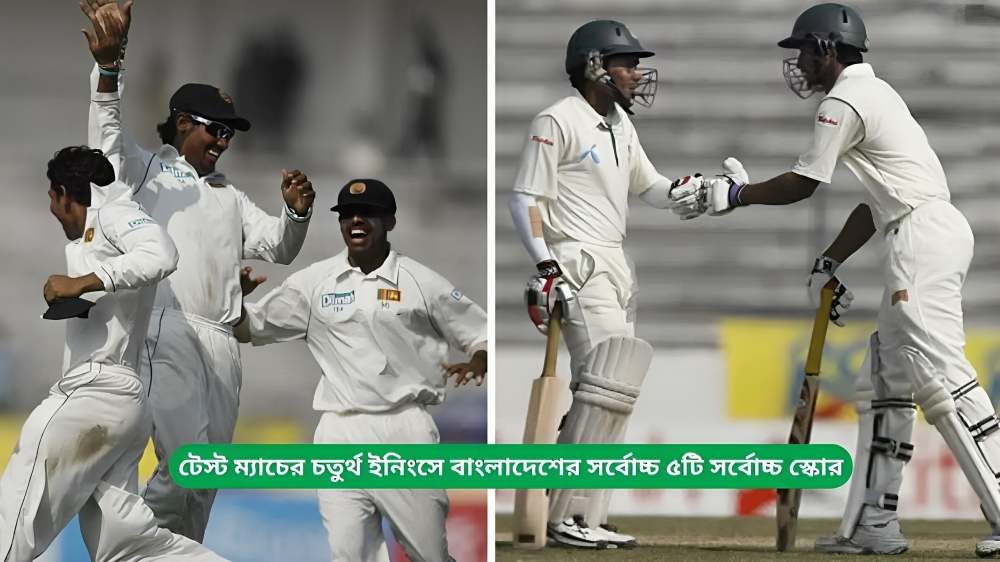The record for the most drawn Test matches in cricket history is an interesting aspect of the sport. Drawn Test matches typically occur due to factors like weather interruptions, the nature of the pitch, or teams battling to avoid a loss without the chance of winning. Over the years, several cricket teams have been involved in a significant number of drawn Test matches. However, India holds the record for the maximum number of drawn Test matches in cricket.
India, with its rich cricketing history and a long presence in international cricket, holds the record for the most drawn Test matches. Several factors have contributed to this, including:
- Weather conditions: India’s home Test series, in particular, are known for frequent interruptions due to the monsoon season or unpredictable weather.
- Defensive approach: Indian teams, particularly in the 1980s and 1990s, were sometimes more inclined to bat out difficult situations, leading to drawn results, especially in tough overseas conditions.
- Pitches: Some pitches in India are conducive to slow and low cricket, resulting in fewer wickets and longer draws.
Most Drawn: Number of Drawn Test Matches Involving India
India has been involved in over 100 drawn Test matches. As of recent years, it continues to hold this distinction, largely due to their long history in the sport and frequent drawn series, particularly in the home conditions.
Other Teams with a High Number of Drawn Matches
Several other teams have been involved in a significant number of drawn Test matches. Let’s take a closer look at the top teams involved in drawn Tests, based on available data:
| Rank | Team | Number of Drawn Test Matches | Percentage of Total Matches |
|---|---|---|---|
| 1 | India | 105+ | ~30% |
| 2 | Australia | 85+ | ~28% |
| 3 | England | 80+ | ~25% |
| 4 | Pakistan | 70+ | ~26% |
| 5 | West Indies | 65+ | ~23% |
| 6 | New Zealand | 60+ | ~24% |
Note: The data may vary slightly based on the most recent statistics and match outcomes.
Why So Many Drawn Matches?
1. Weather and Conditions
In regions like the subcontinent, rain and poor weather conditions play a major role in causing matches to end in draws. Tests, particularly in India and Sri Lanka, are frequently interrupted by rain, fog, or other weather-related factors, resulting in fewer sessions of play.
2. Defensive Play
Over the years, teams, especially India, have often been focused on playing defensively, especially in difficult conditions. Batting teams, when in trouble, sometimes choose to play for a draw, especially when chasing a challenging target in the fourth innings.
3. Long Test Matches
The length of a Test match itself can also contribute to draws, as Test cricket involves five days of play. In certain situations, if teams are unable to force a result through wickets or a chase, the game may end in a draw.
India’s Historic Drawn Test Matches
India has witnessed some iconic drawn Test matches, many of which have become part of cricketing folklore. For instance:
- India vs. Australia, 2001: A famous drawn match at the Eden Gardens, Kolkata, saw India mount a remarkable comeback, drawing a Test after being forced to follow-on.
- India vs. England, 2016: The fifth Test match in Chennai ended in a dramatic draw with a thrilling conclusion that displayed India’s resilience to hold on to a draw after being dominated for most of the match.
Top 5 Test Matches That Ended in Draws Involving India
| Opponent | Year | Venue | Match Details |
|---|---|---|---|
| Australia | 2001 | Eden Gardens | India fought back from a follow-on to draw after being on the brink of defeat. |
| England | 2016 | Chennai | A thrilling final-day draw with India fighting hard to hold on against England. |
| Sri Lanka | 2010 | Colombo | Rain interruptions led to a frustrating draw for both teams in this series. |
| New Zealand | 2003 | Wellington | A classic drawn Test where both teams battled for the upper hand throughout. |
| West Indies | 1983 | Mumbai | A draw in a series known for tight matches and remarkable batting performances. |
The Changing Nature of Test Cricket
The frequency of drawn Test matches has declined in recent years due to various factors:
- Improved Pitches: Better-quality pitches and drainage systems have reduced the number of rain-impacted matches.
- Aggressive Play: Teams have become more aggressive, particularly in the fourth innings, seeking to avoid draws and produce results.
- Technological Advancements: With the advent of DRS (Decision Review System) and better cricket analytics, teams have become more proactive in seeking victories.
Conclusion
In conclusion, India stands at the forefront when it comes to drawn Test matches, a reflection of its long and rich history in the game. While weather conditions and defensive cricket have played a large role, the nature of the sport is evolving, and drawn Test matches are becoming less common due to improvements in pitch conditions and changes in playing style. India’s dominance in drawn Tests highlights not only its resilience but also the unpredictable nature of cricket, where conditions and circumstances often play a pivotal role in determining the outcome of a match.













